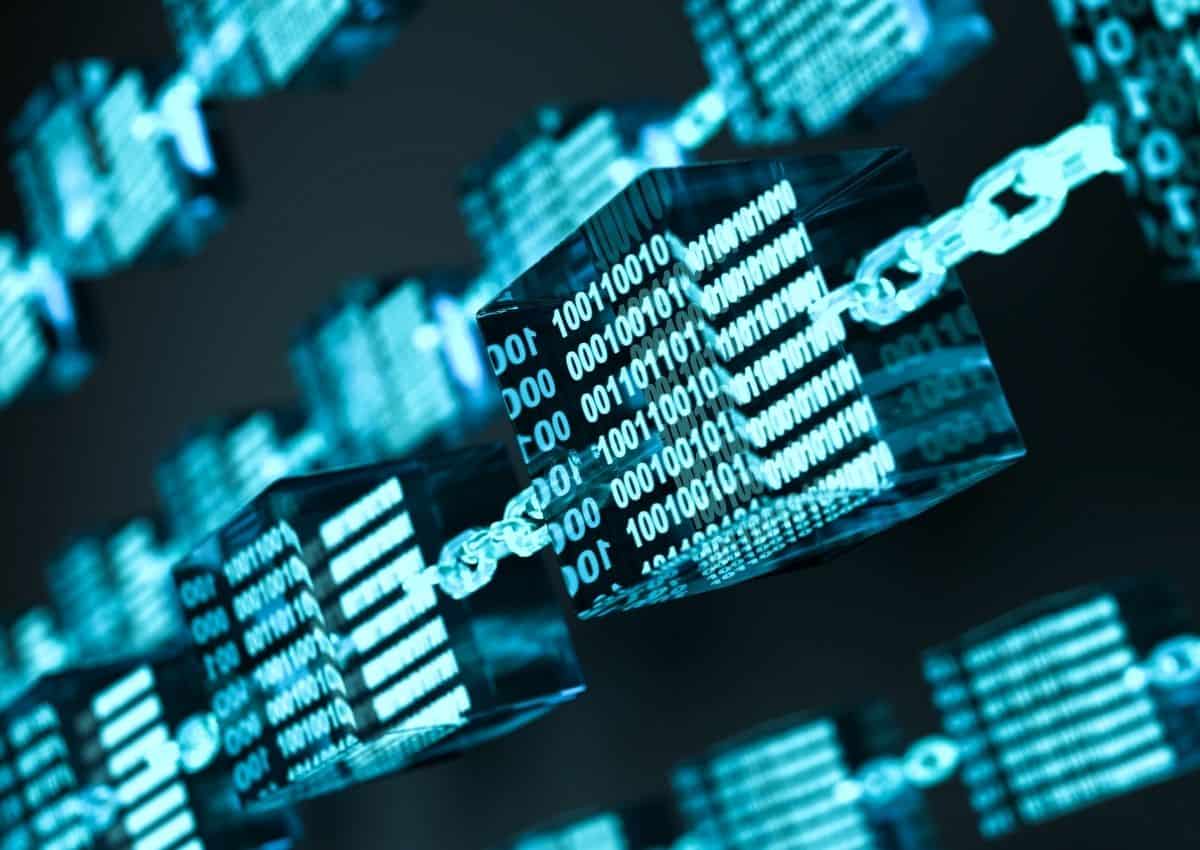

The truth about Bitcoin and Blockchain. Image credit: AdobeStock
The blockchain project has been ongoing for a little over a decade. It has gone from being a relatively unknown currency to becoming a hot topic in computing in that short time.
Furthermore, because the system is distributed, it is highly resilient to failures; this makes it an ideal solution for several different applications and explains its popularity.
It is essential to recognize that blockchains are a distributed ledger by definition, but they also include several fundamental properties that make them worthwhile.
Combining these elements results in a system that, by design, secures all transactions and archives them permanently for easy future auditing.
For starters, let’s talk about one of the most famous examples of blockchain technology: Bitcoin.
Blockchain maintains the balances of Bitcoin users. As the money changes hands, the ledger updates its balances.
Users of Bitcoin can be split into two main categories: participants and miners. Participants are those who wish to use Bitcoin as a currency, exchanging it for goods and services.
These users apply the Bitcoin software to create a “wallet” to send and receive Bitcoins to other participants.
Transactions inform users that the ledger should get updated based on a message broadcast to the Bitcoin network broadcasting that this user gave a specified number of Bitcoins to that user.
Miner is required to check that transactions are valid by solving a complex mathematical puzzle. Search requires solving a complex puzzle since must submit blocks of transactions containing no errors.
Here is a general explanation of the mining process, and a brief and detailed explanation follows. The miner selects a random number to solve an unseen transaction generated by users.
Miners then use their personal computers to compute specific solutions that involve sifting through vast amounts of random numbers to solve the puzzle. When a miner comes up with a solution, the miner shares the solution with his peers, checking the answer and voting is correct.
The miners now work on linking new transactions to the newly minted block, and they begin mining again. There are also no more transactions contained in the old block.
These interlocking pieces of the puzzle set up a continuous chain of value as each new transaction set is added to the chain.
This process, which attempts to eliminate the possibility of tampering with the chain, results in the transaction becoming cemented in time. That is why each transaction’s validity is validated by its connection to the last piece in the chain.
In Bitcoin, a message means “give five of my Bitcoin to that person” because it is a simple blockchain implementation. Still, it was the first real-world application of the technology.
Blockchain is just a distributed ledger, and sending and receiving messages is like handing out cash in the same way. Bitcoins are exchanged via messaging, and this exchange of money between two parties is what makes it possible.To learn more about blockchain and bitcoin please visit the bitqz app.
In addition to its four basic properties, blockchain technology also has several properties that facilitate its adoption in multiple industries, notably fintech, healthcare, and government.
of a ledger in the blockchain, participants have access to several copies of the ledger, which provides more excellent resistance to attack and disruption.
Blockchain is a distributed, decentralized data storage and data management system that tracks every event, securing it from tampering. Blockchain would let patients control access to their health records, and patients would permit any healthcare professionals who need to see the records.